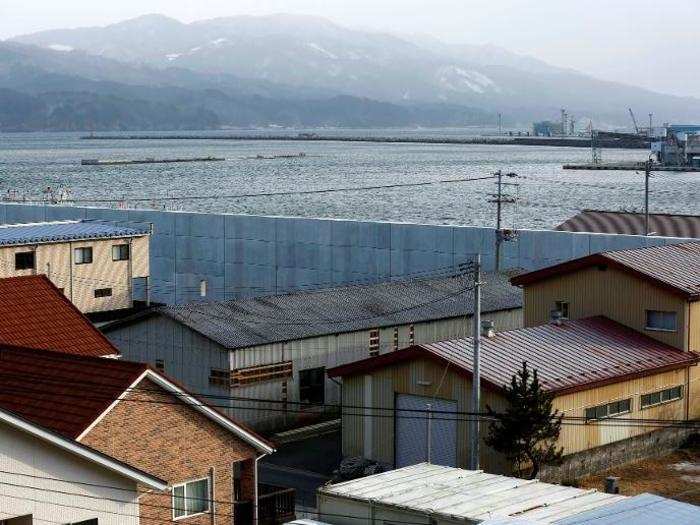















 A train on the Moon? NASA’s new space tech includes lunar railways, Martian rockets and more
A train on the Moon? NASA’s new space tech includes lunar railways, Martian rockets and more
 Exploring Almora: A guide to the top things to do in 2024
Exploring Almora: A guide to the top things to do in 2024
 6 oil-free snacks you can pack for your office tiffin
6 oil-free snacks you can pack for your office tiffin

Copyright © 2024. Times Internet Limited. All rights reserved.For reprint rights. Times Syndication Service.